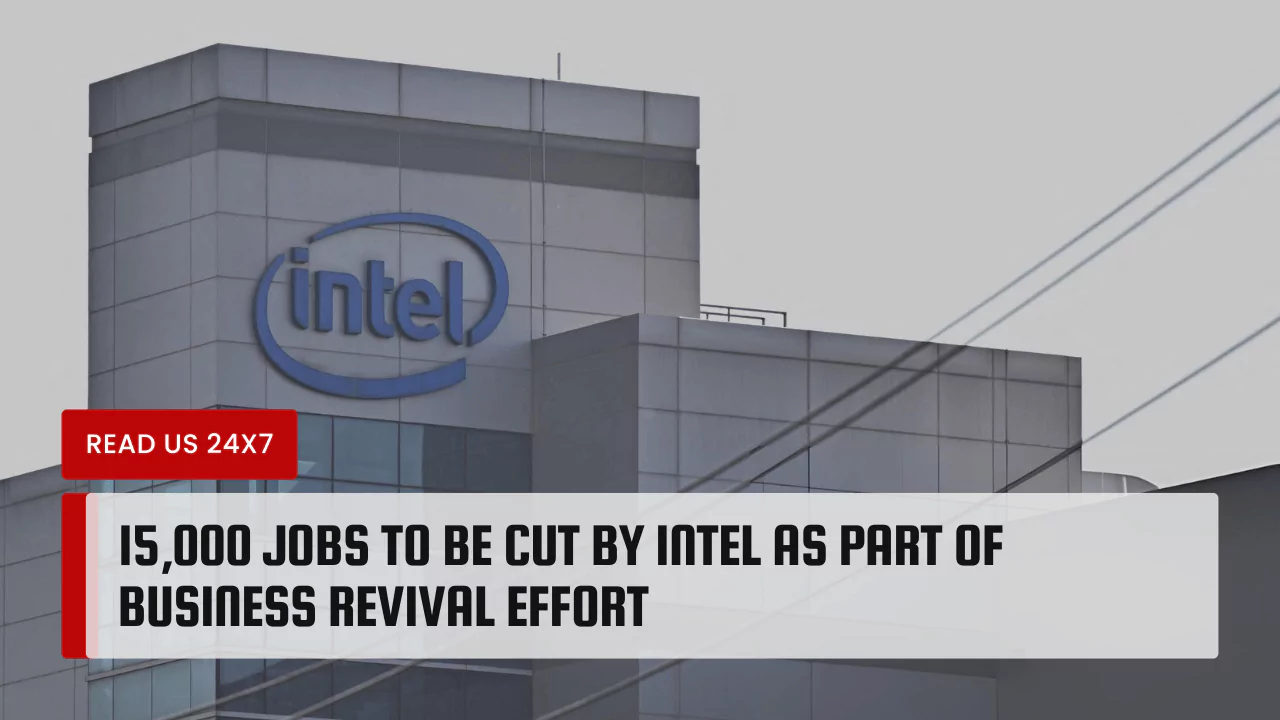Intel is cutting approximately 15,000 jobs, which is around 15% of its workforce. This move aims to help the company regain its competitive edge in the technology sector. The job cuts come after Intel faced several challenges, leading to a need for a significant operational change.
The Challenges Intel Faces in the Competitive Tech Industry
Intel’s leadership announced the job cuts as a response to a series of struggles within the tech industry. The company has been trailing behind rivals like Nvidia and AMD, especially in the market for advanced chips. Changes in consumer demands and the rise of artificial intelligence (AI) technologies add pressure to Intel’s operations.
Fierce competition has required Intel to reconsider its business model. The company has not seen the expected revenue growth. In fact, recent quarterly reports showed a loss of $1.6 billion. The financial downturn heightened concerns over Intel’s market position, prompting the need for drastic changes. The job cuts will help the company align with its new operating model, as announced by CEO Pat Gelsinger. He emphasized the necessity of reducing costs to improve the overall business direction.
The job cuts bring serious consequences for both the company and its employees. Staff morale may decline as workers face uncertainty about their future. Additionally, the company must consider how to support those affected by the layoffs. The choice to streamline operations indicates that Intel recognizes the need for transformation.
Intel’s Strategy to Regain Market Leadership
Intel’s strategy centers on reducing expenses to follow the trend set by industry leaders. Leaner operations could help the company streamline its management and production processes. Intel aims to save $10 billion by 2025, a significant step to improve overall profitability. The focus will shift towards investing in high-demand sectors such as AI.
Part of the revival plan includes exploring various recovery strategies. Intel plans to enhance retirement options for eligible workers and offer voluntary departure programs. These options allow for smoother transitions for employees affected by the layoffs. Gelsinger has expressed that these decisions are among the hardest he has made in his career.
The impact of these actions extends to Intel’s employees and its investors. While reducing the workforce may stabilize finances in the short term, it raises questions about the company’s long-term growth. Employees face job insecurity, while investors watch closely to see if these measures will restore Intel’s market position.
Market and Public Response to Intel’s Decisions
The public has reacted strongly to Intel’s announcement. Many see the layoffs as a sign of deeper issues within the company. Concerns from tech analysts highlight that, while cost-cutting may improve financial standings, it does not guarantee success against competitors. Negative perceptions of the company may linger as layoffs send shockwaves through both the tech community and the public.
Intel’s stock prices reflect investor sentiments following the announcement. After the news, shares plummeted by 19%, indicating that many investors are wary about the company’s future. The dramatic drop in stock value suggests a loss of confidence in Intel’s ability to recover effectively. Moreover, the layoffs may signal ongoing challenges, causing further hesitation among potential investors.
In conclusion, the move to cut 15,000 jobs illustrates Intel’s response to serious market challenges. By reducing costs and reshaping its strategies, Intel hopes to regain its footing in a fierce competitive landscape. The fallout from these decisions will affect employees, investors, and the broader public perception of the company. As Intel navigates this transformation, the tech world will closely watch its next steps.



